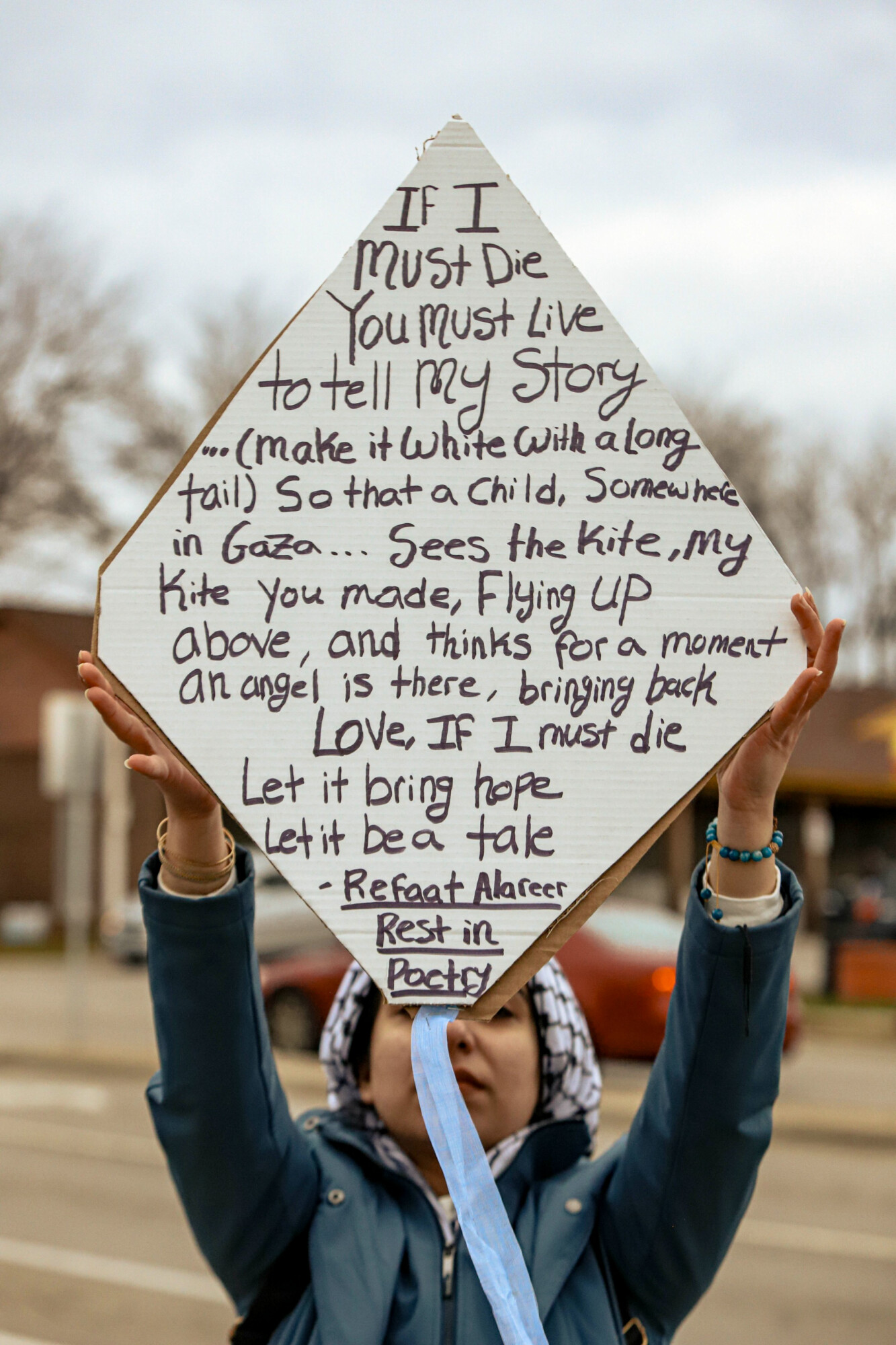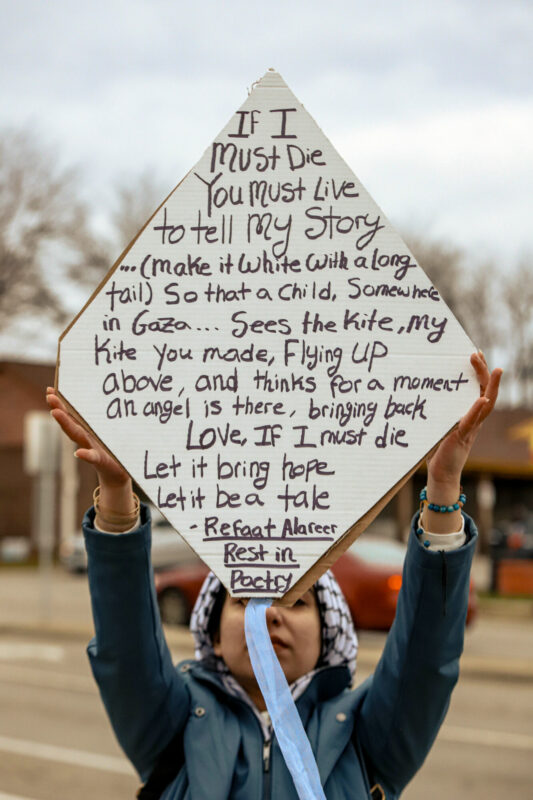Editor’s Note: Journalism, a “dying” profession


This article is cross posted with The Sputnik
When I first accepted my offer into the digital media and journalism program four years ago, my uncle asked me what kind of jobs I could get with this degree. I replied with my early dreams of reporting abroad, perhaps in Afghanistan or anywhere else journalists are needed. He then asked me if I wanted to get myself killed.
I hoped he was exaggerating at first, but it didn’t take long to see there was a hint of reality in that blunt statement. As I continued to consume the news and learned more about journalism in my classes, I understood that the truth can drown in waves of caution and propaganda before it even reaches the public. The truth can also be perceived as a threat.
I always knew torture, incarceration and murder were some severe but very possible consequences for honest journalism, especially during times of political turmoil and war. But what I wasn’t prepared for is the deliberate, unpunished targeting of journalists we’re witnessing through our screens today.
Within the first week of the new year, Al Jazeera’s Gaza bureau chief Wael Dahdouh’s eldest son, Hamza, a 27-year-old journalist, was killed by an Israeli airstrike that targeted his vehicle, as confirmed by the Israel Defense Forces. Two other people were in the vehicle, including journalist Mustafa Thuraya who was also killed and freelancer Hazem Rajab who suffers from serious injuries.
The Al Jazeera Media Network said in a statement that these deaths were an “assassination” and the Israeli military has “systemically targeted” Dahdouh and his family. Al Jazeera also pushed for legal action to be taken against Israel. The IDF said they were targeting a “terrorist” in the vehicle allegedly identified by their use of a drone, but the three passengers were headed to an Israeli-designated “humanitarian zone” after filming the aftermath of an airstrike with a drone, which was not in use during their drive.
Four other Dahdouh family members were killed by Israeli airstrikes on a refugee camp in October. Still, Dahdouh said his reporting continues.
“We are going to proceed as long as we are alive and breathing,” said the bureau chief. He also said in an interview with filmmaker Bisan Owda that one of the hardest moments of the war for him, despite it all, is “when a journalist becomes the news instead of broadcasting for the news. And instead of getting the image and broadcast it, he becomes the image and the news headlines.”
In December, Al Jazeera correspondent Moamen Al Sharafi lost 22 family members in an Israeli air attack on another refugee camp. He appeared live on air to report the same day.
Since Oct. 7, at least 79 journalists and media workers have been killed, 72 were Palestinian and four were Israeli, according to the Committee to Protect Journalists. At least 21 journalists were arrested, 16 injured and three reported missing. Numerous assaults, threats, cyberattacks and censorship against media workers continue.
“The Israeli army has killed more journalists in 10 weeks than any other army or entity has in any single year. And with every journalist killed, the war becomes harder to document and to understand,” said the committee’s Middle East and North Africa program coordinator, Sherif Mansour.
From the moment I entered this program to the ongoing conversations I have with peers in my final year, professors and students alike say journalism is a dying profession. But what young Palestinians, like Owda and photojournalist Motaz Azaiza, risk their lives every day to show the public directly from the ground should be enough to prove that journalists are needed now more than ever.
Journalism is not “dying.” It’s actively being killed, one journalist at a time, while the world just watches.


